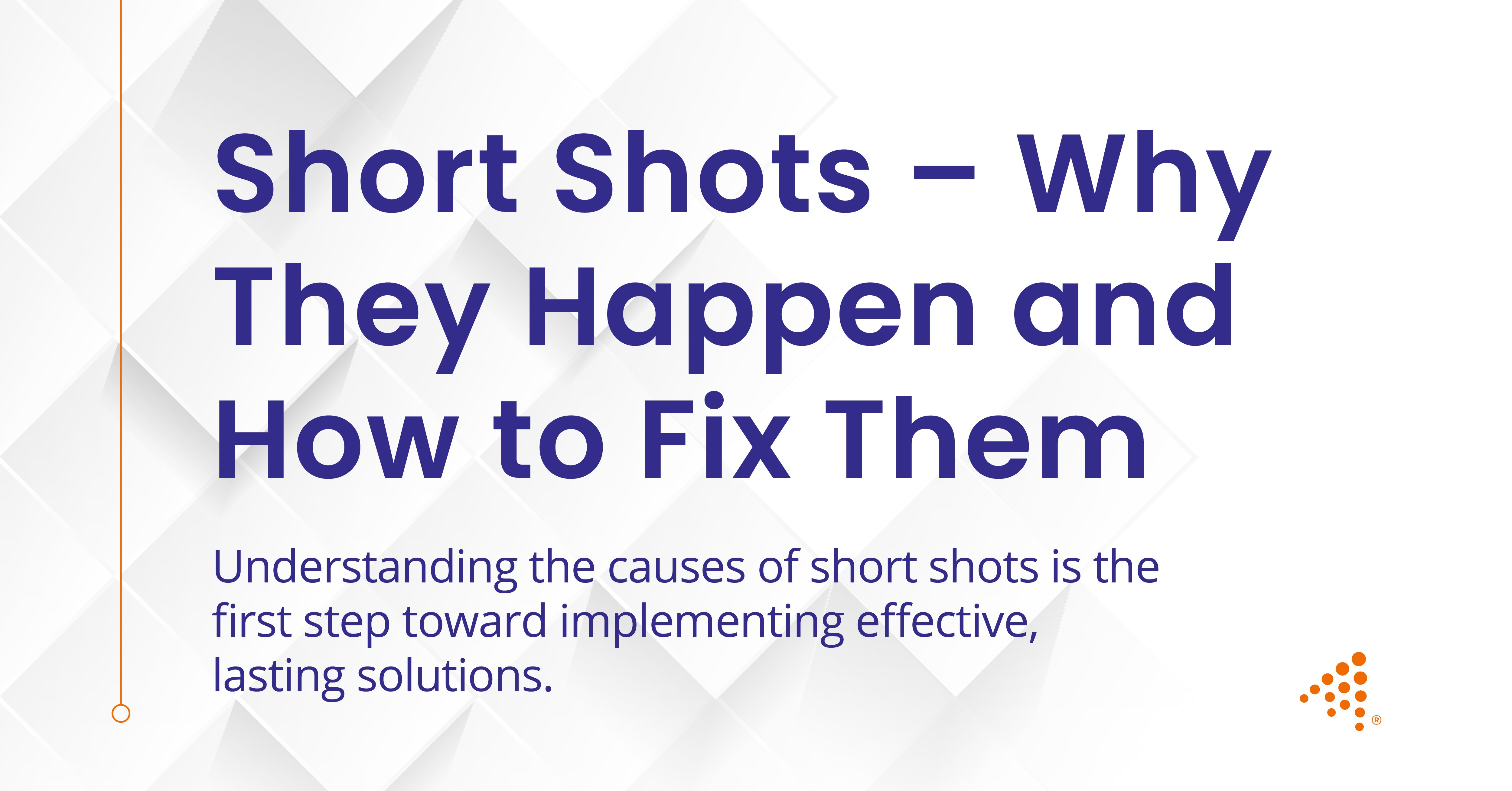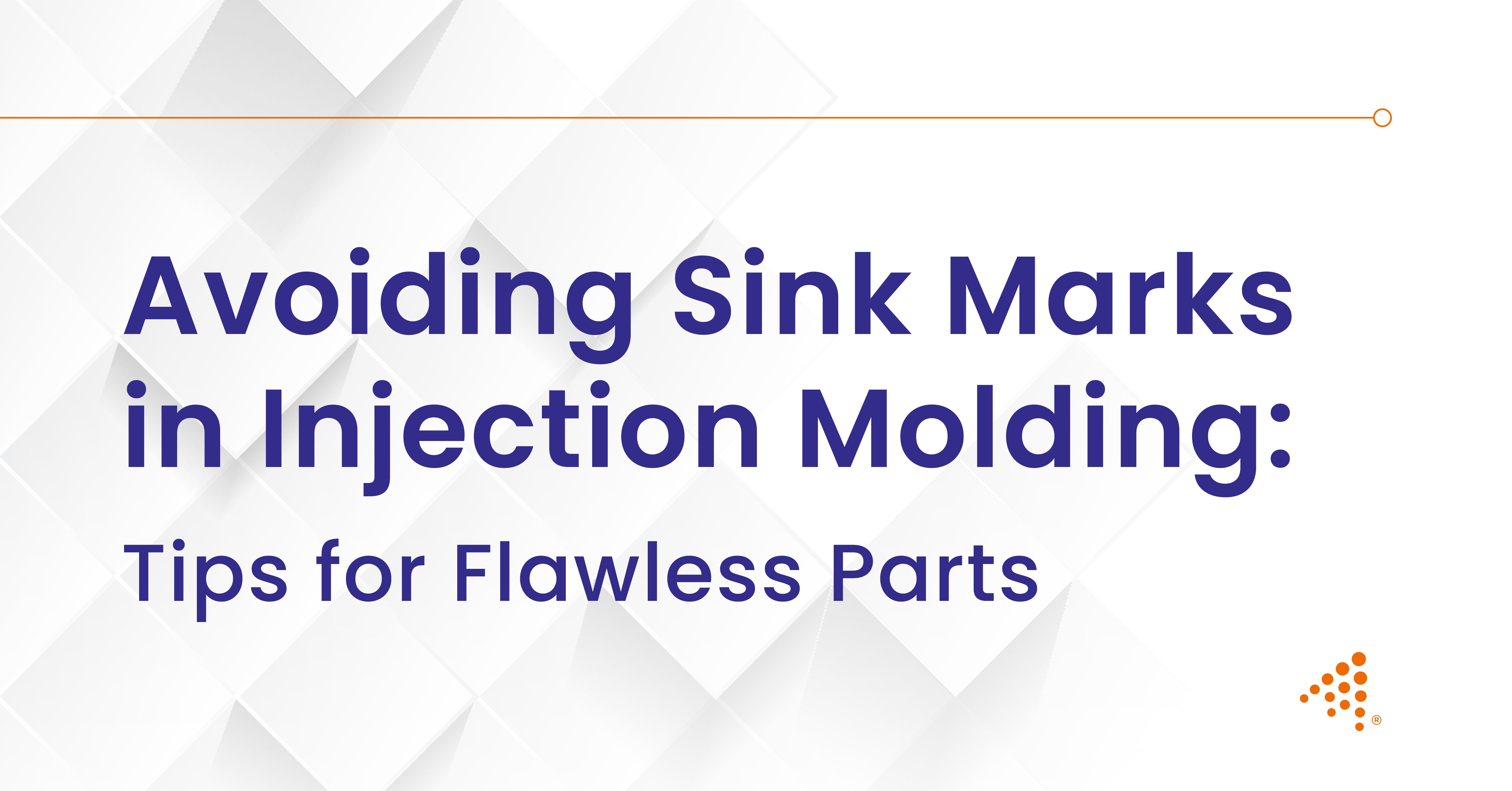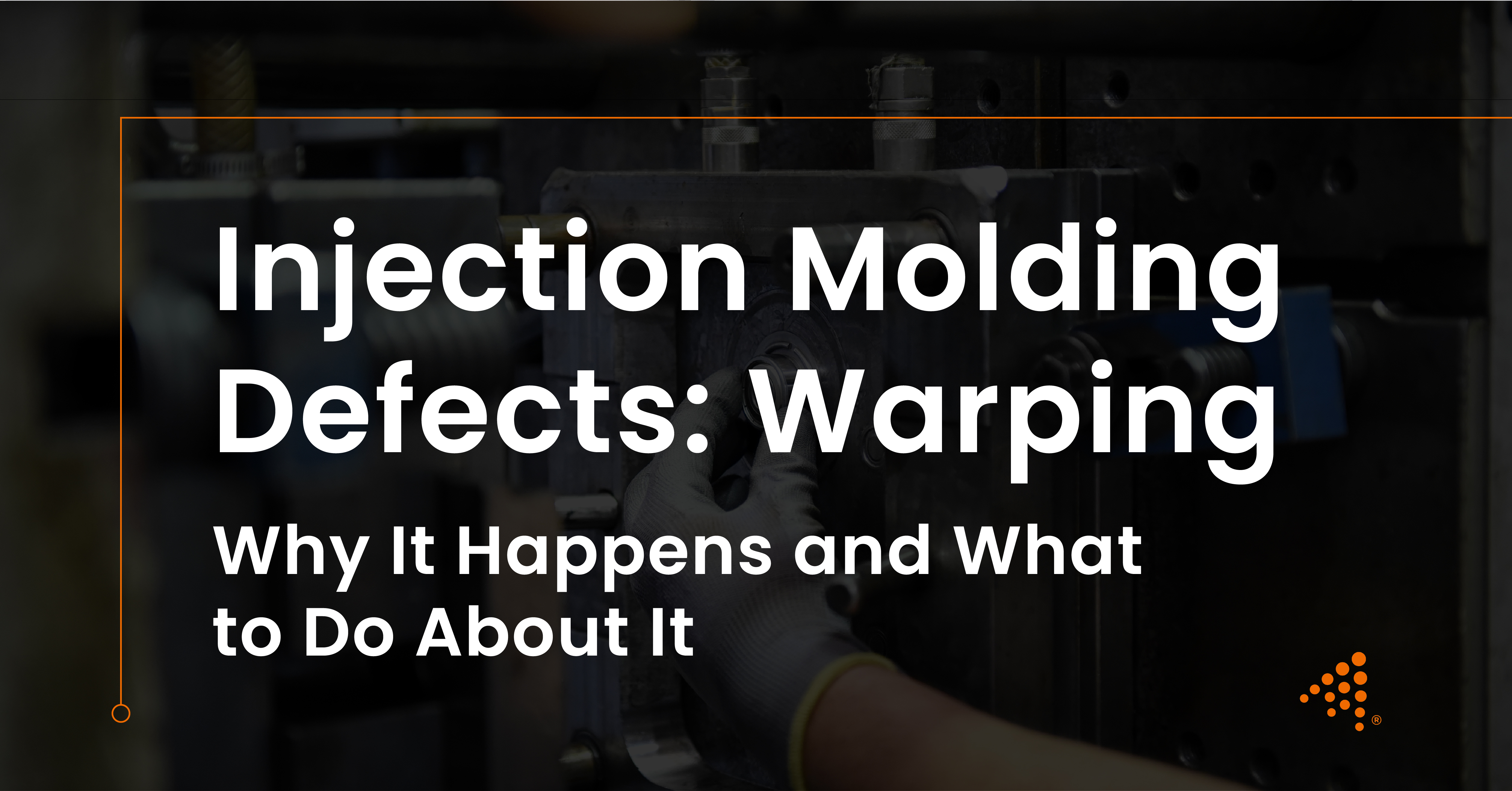Avoiding Sink Marks in Injection Molding: Tips for Flawless Parts
In high-precision injection molding, achieving a flawless surface finish is often as important as meeting tight dimensional tolerances. One of the...
4 min read
Nick Erickson : Aug 12, 2025 2:40:00 PM

Injection molding defects can present significant challenges. Among the most definitive of these is the "short shot," a term for a part that has not been fully formed. Unlike cosmetic blemishes, a short shot results in a functionally incomplete and unusable product, representing a direct loss of material, cycle time, and production capacity. This defect occurs when molten plastic fails to fill the entire mold cavity, leaving voids or missing sections in the final piece. Understanding the causes of short shots, which can range from simple process adjustments to complex tooling issues, is the first step toward implementing effective, lasting solutions and ensuring every part is made to specification.
Read More About The Power of Hollow and Internal Channels in Medical Devices
A short shot is an incomplete molding. It manifests when the molten polymer solidifies before it has had a chance to fill all the spaces within the mold cavity. The appearance of a short shot can vary, from a part with slightly rounded or missing edges to one that is substantially incomplete, with large sections of its geometry absent. Regardless of its severity, a short shot is always a critical defect because the resulting component does not meet the required dimensional or functional specifications. This failure to completely form the part signals a fundamental problem with the material flow within the mold, which must be diagnosed and corrected.
For industries like medical injection molding and ISO 13485 injection molding, avoiding short shots is crucial for safety and regulatory compliance.
The root cause of a short shot is always that the plastic material stops flowing prematurely. This flow hesitation can be attributed to two main categories of problems: issues with processing parameters that create unfavorable flow conditions, or physical obstructions and design flaws within the mold tool itself.
Often, the cause of a short shot can be found in the settings of the injection molding machine. If the plastic is too cold or is injected too slowly, its viscosity (resistance to flow) increases, causing it to solidify before it can reach the furthest extremities of the mold. A low mold temperature can also contribute significantly by causing the plastic to freeze upon contact with the cold cavity walls, halting its advance. Another common process error is simply an insufficient shot size, where the machine is not programmed to inject enough material to fill the entire volume of the part and its associated runner system.
For industries requiring injection molding quality control, optimizing process parameters is part of standard best practices.
If processing parameters are within the material’s recommended range, the issue may lie with the physical design of the mold. One of the most frequent culprits is inadequate venting. Molds are designed with tiny vents to allow the air inside the cavity to escape as the plastic enters. Without proper venting, trapped air gets compressed by the incoming plastic, creating back-pressure that can be strong enough to stop the material flow front, resulting in an incomplete part. Proper venting is essential because it allows the molten plastic to fill the mold completely and evenly, which leads to better-quality parts.
Similarly, the design of the runner system, the channels that guide the plastic from the machine nozzle to the part cavity, is vital. If the runners or the gates (the entry points into the cavity) are too narrow or restrictive, they can cause the plastic to cool and solidify prematurely. A poorly designed runner system hinders the mold from filling correctly and efficiently, which can interrupt the process and lead to inconsistent part quality.
This is where partnering with a design and manufacturing company that offers plastic injection mold design services and tooling solutions becomes critical.
Read More About Design for Minimal Post Processing | Save Time & Costs
Correcting a short shot defect involves a systematic troubleshooting process, starting with the easiest and most common fixes before moving to more complex solutions.
A design for injection molding (DfIM) approach during the initial design phase can help avoid many of these issues upfront. Additionally, working with a tooling company that offers precise tooling solutions can greatly reduce the risk of short shots during production.
Short shots are a foundational defect in injection molding that can halt production and impact quality. Because the causes can be numerous, a systematic approach to troubleshooting is the most efficient path to a solution. By first examining the process and then the tool, manufacturers can resolve the issue without undertaking expensive tooling modifications unless necessary. The design and quality of the mold are fundamental to the success of the molding process. A well-designed and properly maintained mold allows a part to be molded consistently and accurately, without defects like short shots.
For low-volume injection molding and custom injection molding solutions, where production runs are small and part consistency is critical, addressing short shots quickly is essential to maintaining cost and timeline goals.
If short shots are plaguing your parts and causing frustration, don't hesitate to get in touch with us at Aprios. Our team has the experience and tools to ensure your parts come out complete and ready for use, every time.

In high-precision injection molding, achieving a flawless surface finish is often as important as meeting tight dimensional tolerances. One of the...

In injection molding, the formation of bubbles within a part is a common and problematic issue. These internal flaws can weaken the component, create...

Dimensional accuracy is essential in the field of precision injection molding. However, even when a part is molded to exact specifications, it can...